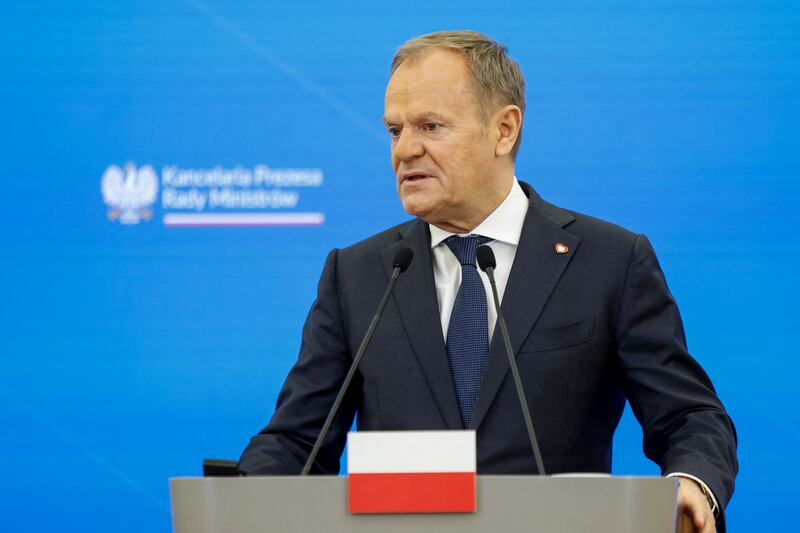As far as some managers are concerned, hiring and firing is HR’s job. They don’t get involved unless the hire is for a senior position, and even then, their involvement often goes no further than sitting in on the final interviews.
What this hands-off approach fails to appreciate, however, is that it is a missed opportunity to show potential new hires that the organisation has a top-down commitment to attracting good people.
“Leaders need to roll up their sleeves and lean in when hiring in order to be a ‘talent magnet’ – someone who helps the recruitment team attract the right people into the organisation,” says Colm O’Cuinneain general manager EMEA for recruitment software company Greenhouse, which has hired more than 80 people since it set up here four years ago.
There is a science to the art of attracting great candidates
— Colm O'Cuinneain
“Business leaders need to go out there and sell the role, especially when recruitment teams are struggling to convince candidates to move during a more volatile economic environment,” O’Cuinneain says. “I spoke to one customer recently whose recruitment team had contacted 85 candidates for an open role with very few responses. Then the manager of the team the candidate was being recruited for reached out to the same group and received 35 responses. Five are now at the panel interview stage.
“In my experience, recruitment is most effective when leaders are fully engaged,” O’Cuinneain adds. “Leaders who understand the value of good people prioritise hiring; that’s their mindset and they see it as a privilege, not an administrative function. They hold managers accountable if they’re the ones blocking or holding up the process and also recognise that if you have the right people, then all the other things a company needs to do well to thrive can be accomplished.”
So, how should leaders “lean in” to support their recruitment team?
Not by stepping on HR’s toes O’Cuinneain stresses, but by working with them to identify potential talent from within the ranks and from outside. By way of example, he cites the approach taken by one senior manager who held a weekly standing meeting in a coffee shop near the company’s office where younger staff could drop in for an informal chat or advice. This allowed the manager to suss out employees with potential early on.
“There is a science to the art of attracting great candidates,” he says. “This could involve a business leader liking and sharing content on social media, taking advantage of speaking opportunities to get the company name out there, getting involved with ERGs (employee resource groups) and affinity groups or simply accompanying a recruiter on offer calls to emphasise the importance of the role and answer questions.”
[ Business leaders fear ‘catastrophic cyber attacks’ on back of generative AIOpens in new window ]
That hiring should involve more than the HR team is a view shared in print by Greenhouse co-founders Daniel Chait and Jon Stross. Talent Makers is about building an effective hiring culture, but the book’s target audience is general managers – not HR professionals. In short, they believe that hiring needs to be led from the top and that managers should examine their talent practice, or lack of it if they want to foster a dynamic and inclusive hiring culture that’s going to give them the edge when competing for recruits.
Standing out from the crowd becomes even more important during a candidate’s market and particularly in sectors where competition for staff is brisk. At the moment, in an Irish context, this includes information technology, life sciences/healthcare and finance.
Manpower Group’s Q4 2023 talent shortage survey reports that 79 per cent of employers in the information technology sector are having difficulty sourcing the right candidates and that demand for people to fill these roles has risen 20 per cent in the last quarter. The market is so tight that almost a third said they would hire someone who doesn’t meet all of the job’s technical skill requirements from the get-go.
“Despite lay-offs in Big Tech, demand from employers across Ireland’s tech sector has increased more than any other,” says John Galvin managing director at Manpower Group Ireland who adds that, “far from employers seeking AI solutions to replace human jobs, employers report that human skills of communication, collaboration and teamwork are most important when looking for candidates”.
“We know employers have increased their hiring budgets and the data shows us employers are looking to hire individuals with human skills who can be trained in hard skills on the job, not just the digital natives we’ve seen in high demand of the past,” Galvin says.
Recruiters say that one of the problems they face at the moment is candidate inertia. People are not motivated to move which is why it’s even more crucial to have a well-thought-out offer to put on the table, O’Cuinneain says.
“Being very clear about the value proposition for joining the team or company, making sure the entire interview team can clearly articulate it to candidates and being able to say what career progression within the organisation looks like are all key,” he says.
“You also can win on candidate experience. For example, leveraging technology to provide faster feedback and move candidates through the recruitment process more quickly. In fact, this is one area where smaller companies have the advantage because they can move a lot faster than bigger organisations. This is significant because one of the main reasons candidates give for refusing an offer, after compensation and benefits, is that the hiring took too long.”











